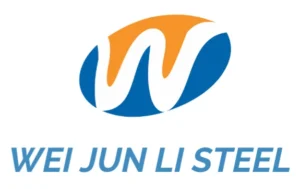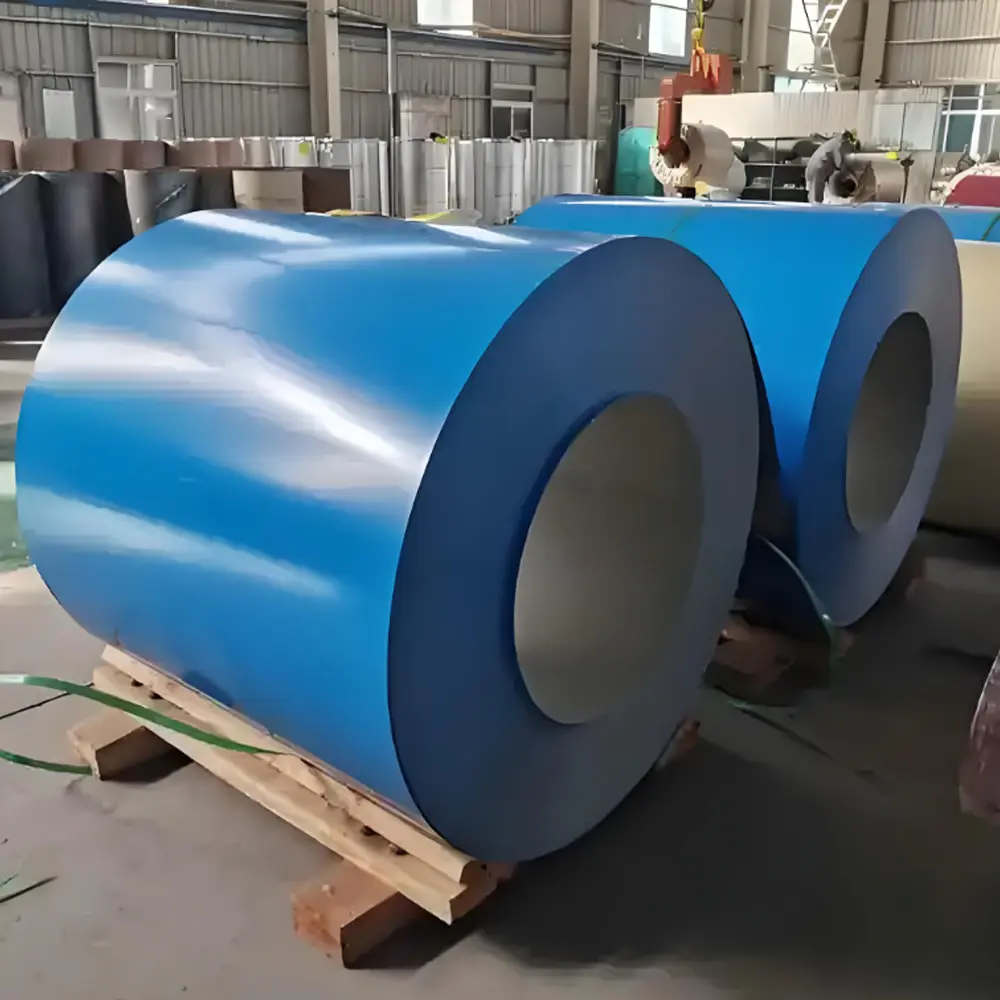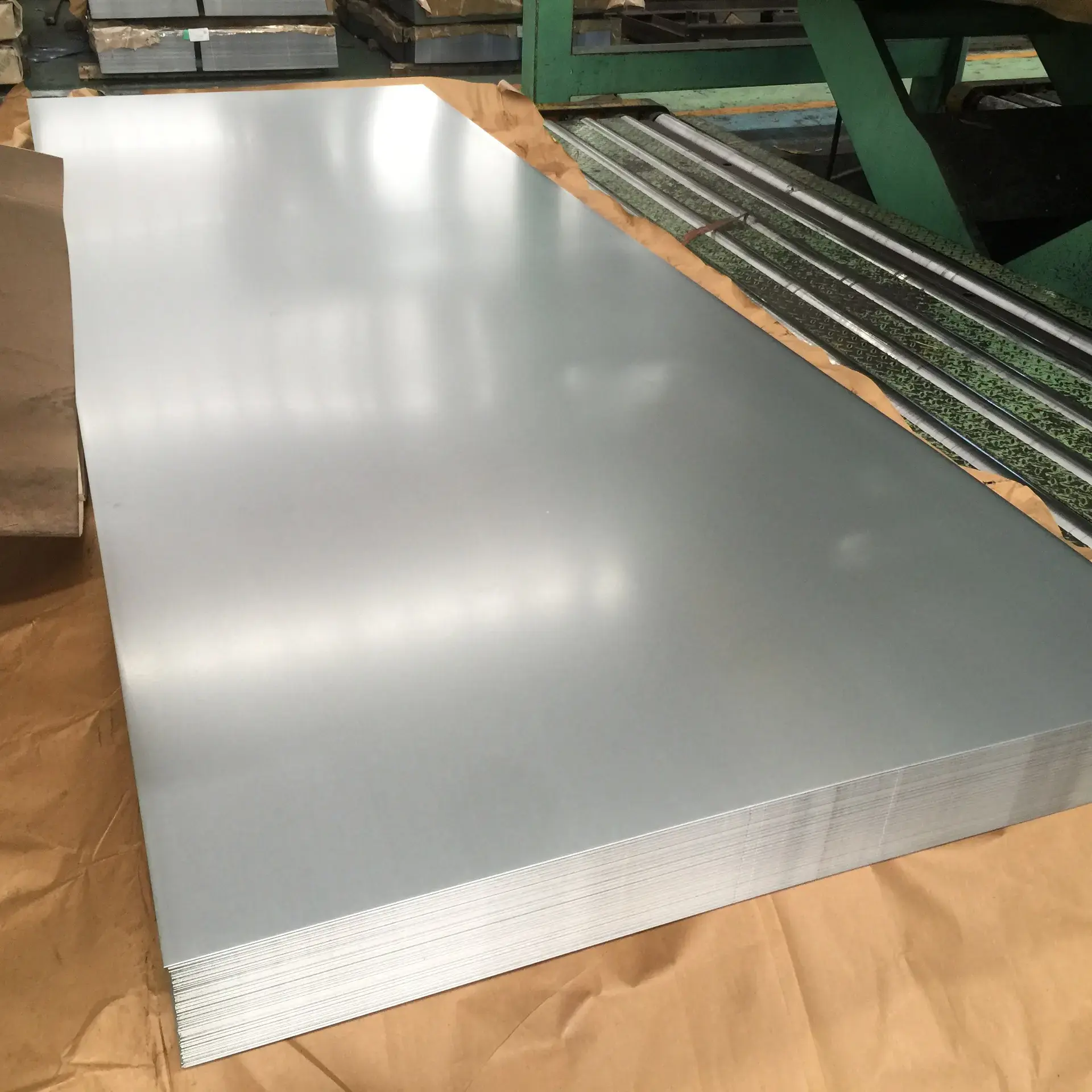Steel surface treatment covers mechanical, chemical, electrochemical, and coatings treatments – it aims to finish the steel and protect the steel. Surface treatment has a large effect on the performance characteristics of steel, including corrosion resistance, paint adhesion, wear performance, and even electrical characteristics.
Whether you’re specifying structural beams, automotive panels, or precision machine parts, the right surface treatment reduces maintenance costs, improves safety, and raises perceived quality. In this blog, Weijunli Steel, a leading steel supplier, has information about steel surface treatment to share with you.
Why is Steel Surface Treatment Crucial
High-quality steel surface treatment can mainly achieve the following four key functions:
- Provide effective protection: Protect steel from rust and chemical corrosion.
- Enhance durability: Improve the durability of components by enhancing their wear resistance or scratch resistance.
- Implement functional requirements: endow specific functional properties such as electrical insulation or enhanced conductivity.
- Enhance product aesthetics: Provide diverse aesthetic effects ranging from mirror polishing to matte texture.
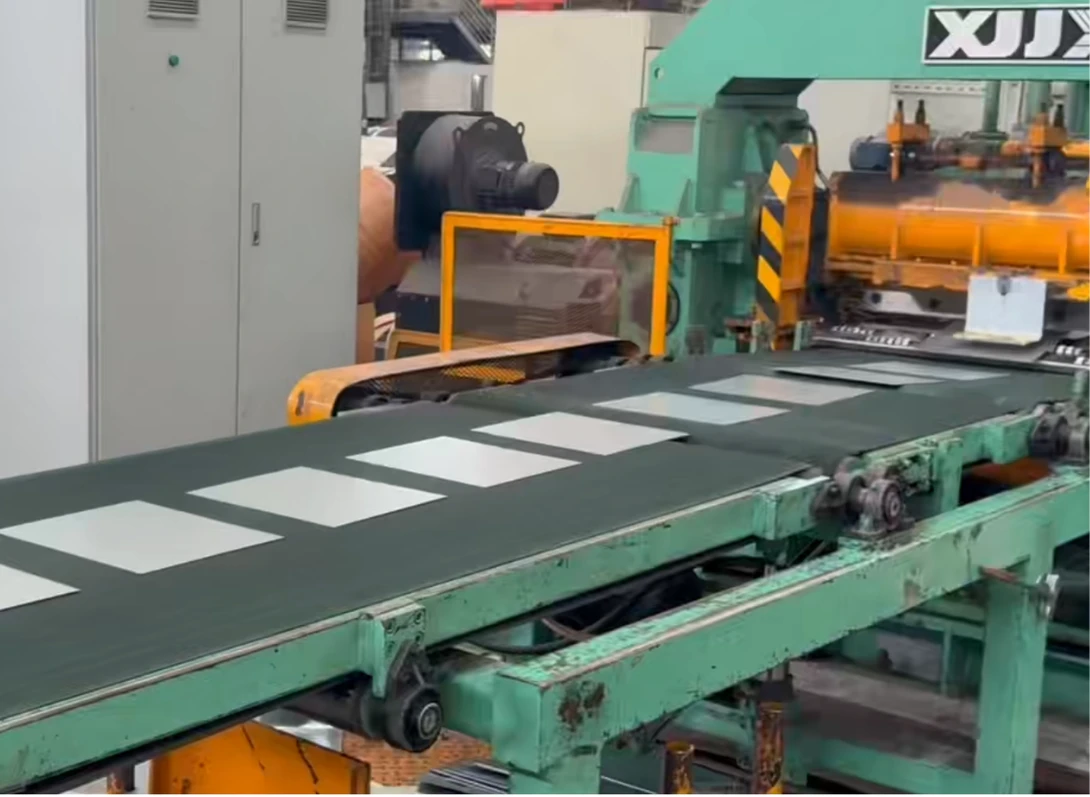
Choosing the wrong surface treatment is a common root cause of early failure, such as coating peeling, surface corrosion, or poor welding performance. Therefore, design decisions regarding precision machining should be considered as a part of engineering design, rather than a supplement afterwards
Common Types of Steel Surface Treatment
Below are the most widely used industrial processes, organized by principle and typical use cases.
Mechanical treatments
Mechanical treatment changes the surface morphology of steel through physical means, mainly used for cleaning and improving adhesion:
- Shot blasting/sandblasting: Abrasive media cleans scale and provides a textured profile that improves coating adhesion. Common before painting, powder coating, or hot-dip galvanizing.
- Polishing/buffing: Produces bright, reflective surfaces for decorative stainless steel or consumer appliances.
- Brushing / grinding (brushed finish): Creates an oriented grain, mainly for decorative panels and furniture.
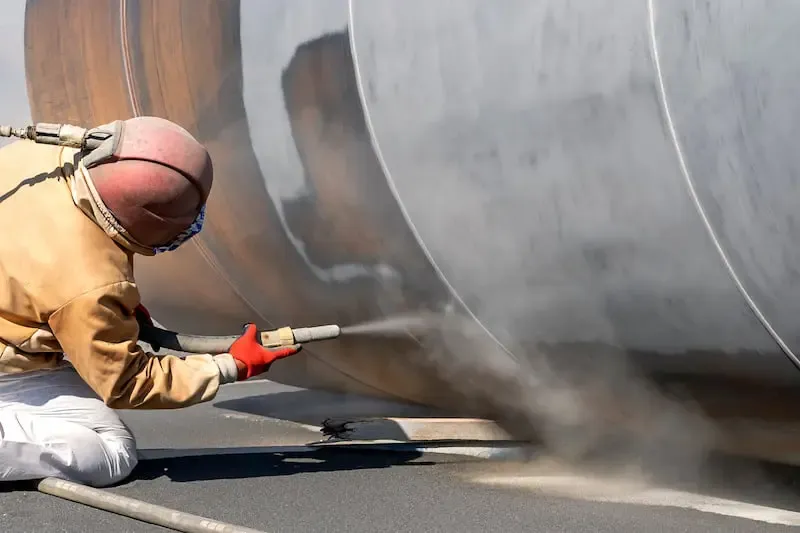
Chemical treatments
Chemical treatment changes the chemical composition of the steel surface or removes oxides through solution:
- Pickling: Acid baths (HCl or H₂SO₄), commonly used in hot rolled steel, remove mill scale and oxides from hot-rolled steel before downstream processing.
- Phosphating: Converts the surface to a phosphate layer that dramatically improves paint adhesion and temporary corrosion resistance—commonly used for auto body panels and appliances.
- Passivation: A controlled oxidation step (often for stainless steel) that stabilizes a chromium-rich protective layer and prevents free iron on the surface.
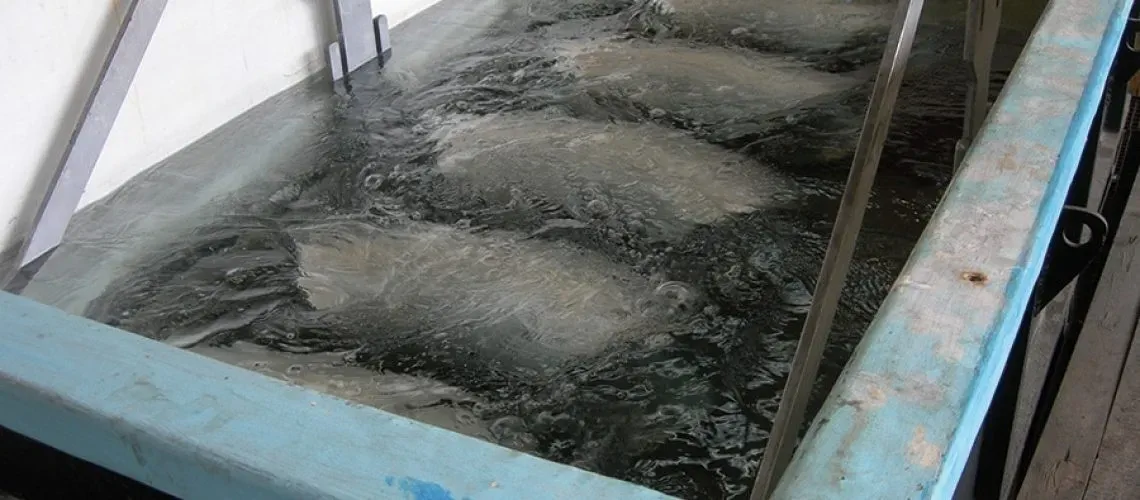
Electrochemical & metallurgical coatings
This type of method forms a metal protective layer on the surface of steel by current or high-temperature molten metal:
- Electroplating (zinc, nickel, chrome, tin): Thin, uniform metallic layers give corrosion protection and decorative finishes for fasteners, electronics housings, and trim.
- Electrogalvanizing vs. hot-dip galvanizing: Electrogalvanizing deposits a relatively thin zinc layer under controlled current; hot-dip galvanizing immerses steel into molten zinc, producing thicker, rugged coatings ideal for outdoor structures.
- Hot-dip aluminizing and tinning: Used for high-temperature or food-contact applications.
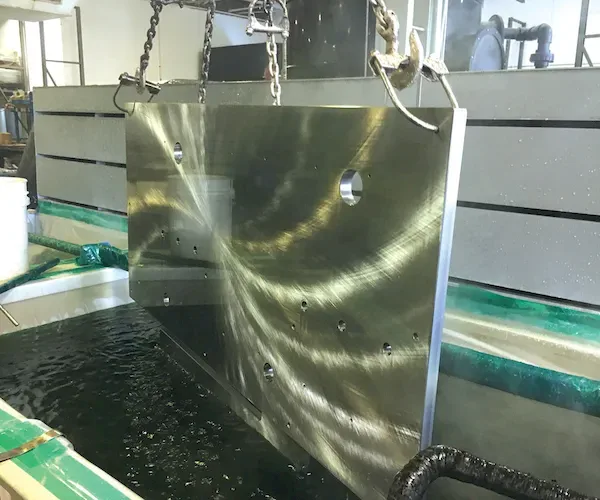
Organic and powder coatings
These are non-metallic coatings, primarily provide protection, color, and aesthetics:
- Liquid painting (epoxy, polyurethane): Versatile protective layers with strong color and gloss control. Choice depends on UV, chemical, and abrasion resistance.
- Powder coating: Electrostatic powder cured by heat—solvent-free, durable, and widely used for furniture, architectural elements, and appliances.
Advanced & specialty finishes
Representing high-tech and special functional requirements:
- PVD (Physical Vapor Deposition): Vacuum-deposited hard, decorative films (e.g., titanium nitride) for high-end hardware and wear components.
- Electropolishing: Anodic dissolution that smooths micro-peaks; ideal for medical and food-grade stainless steel because it reduces bacterial adhesion.
- Nanocoatings & self-cleaning layers: Emerging technologies that add water-repellent or antimicrobial properties without thick film build-up.
Testing and standards for Steel Surface Treatment
Quality control is crucial in surface treatment. To ensure the durability, safety, and compliance of the final product, it is usually necessary to conduct the following key tests and comply with corresponding international standards.
Corrosion resistance test:
- Salt Spray Test (ASTM B117/ISO 9227): An accelerated corrosion test method used to evaluate the corrosion resistance of coating systems such as paint and electroplating.
Coating thickness detection:
- Measurement tool: Use magnetic or eddy current thickness gauges.
- Purpose: To ensure that the thickness of the protective layer meets the engineering specification requirements (Spec), which is a key indicator for measuring corrosion resistance.
Adhesion test:
- Common methods: Cross-cut and pull off.
- Purpose: To verify the bonding strength between the coating or plating layer and the steel substrate, and prevent the coating from peeling off during use.
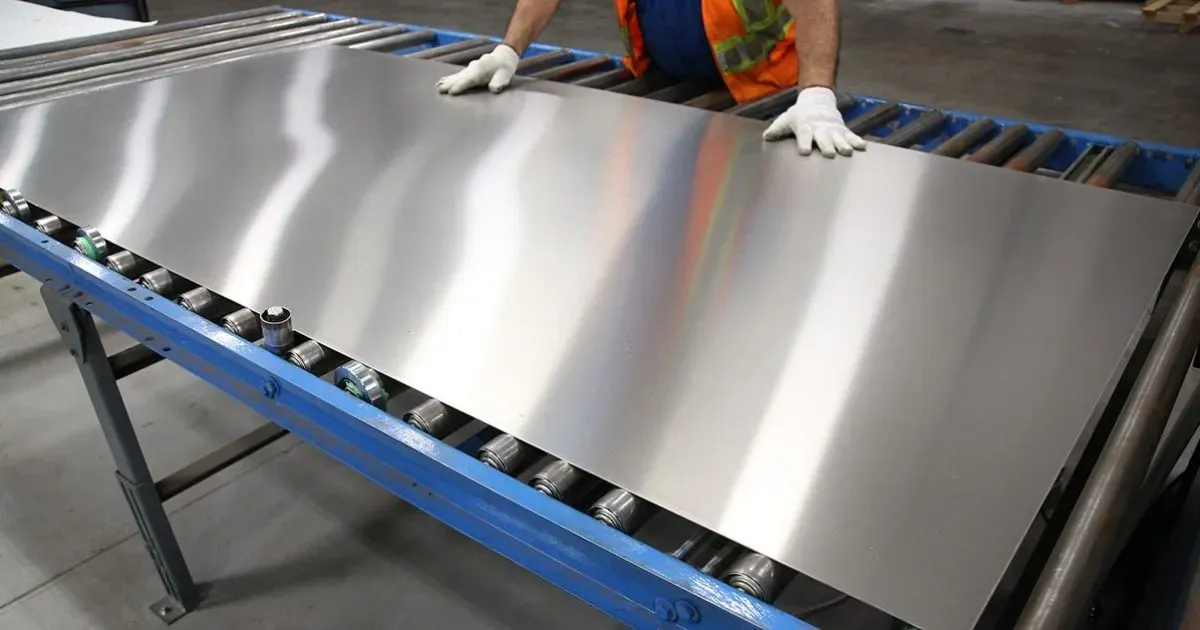
Important industry standards:
Industry standards are the foundation for ensuring global interoperability and quality consistency of products. Below are common standards.
- Hot dip galvanizing standards, such as ASTM A123/ISO 1461, specify the thickness, uniformity, adhesion, and testing requirements for hot-dip galvanized coatings.
- Electroplated coating standards, such as ASTM B633, specifically specify the types, thicknesses, and performance requirements of electroplated zinc coatings.
- General testing standards, such as ASTM B117, are used to guide specific testing operations.
How to Choose the Right Steel Surface Treatment
Consider these four factors:
- Environment: Outdoor, coastal, chemical exposure demands thicker, sacrificial coatings (hot-dip galvanizing + paint).
- Function: Does the part require electrical insulation, food compatibility, or high wear resistance? Choose coatings accordingly (insulative inorganic films, electropolishing, hard PVD).
- Appearance: Decorative applications may need mirror polishing, PVD, or color-stable powder coats.
- Cost & maintenance: Balance upfront coating cost versus lifecycle maintenance (repainting, replacement).
Practical examples:
- Structural bridge member → hot-dip galvanizing + paint.
- Automotive body shell → phosphating + electrocoat (e-coat) + paint.
- Food-processing conveyor → electropolished stainless.
- Outdoor signage → galvanized substrate + powder coat.

Future Trends in Steel Surface Treatment
The industry is moving toward:
- Lower-VOC and water-based chemistries for environmental compliance.
- Thin, high-performance nanocoatings that reduce material use while adding functionality (anti-fouling, anti-icing).
- Smart coatings with embedded sensors or self-healing characteristics to reduce inspection cycles.
الخاتمة
Steel surface treatment is a multi-disciplinary decision that influences durability, safety, aesthetics, and lifecycle cost. The right process, be it hot-dip galvanizing, electroplating, powder coating, or new developments in PVD (physical vapor deposition), will require consideration of environment, use, and budget. Always require material certificates, adhesion tests, and thickness tests for critical projects. When considering submitted projects, include lifecycle maintenance in your comparisons.
About Weijunli Steel

بصفتك مورد ومعالج فولاذ محترف, Weijunli Steel operates advanced production lines and strict quality control systems to ensure every product meets international standards. Our technical team supports global partners with flexible customization and fast delivery.
اختر منتجاتنا للبيع بالجملة و حل مخصص من الفولاذ المقاوم للصدأ, وستحصل على منتجات متميزة بأسعار تنافسية.
